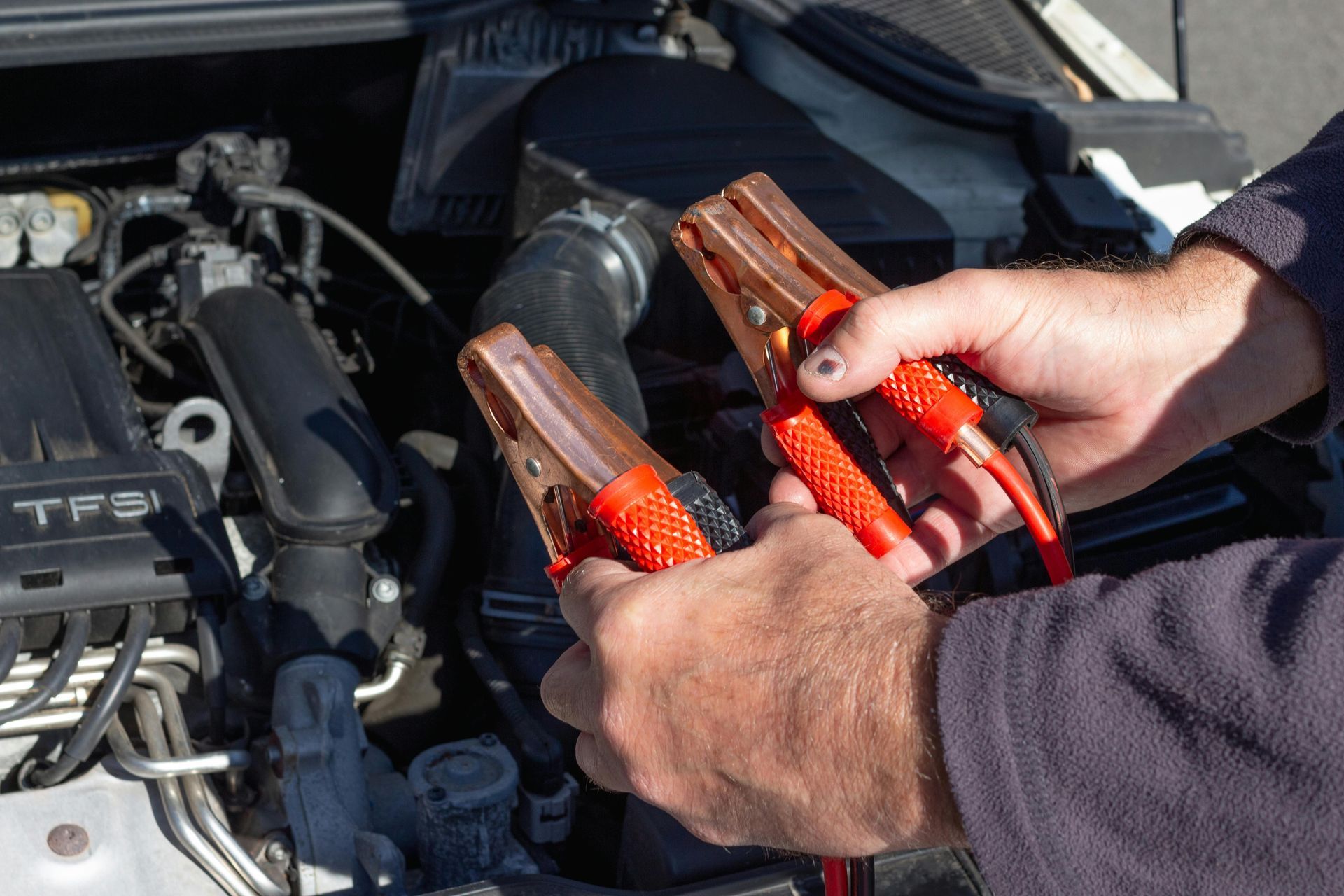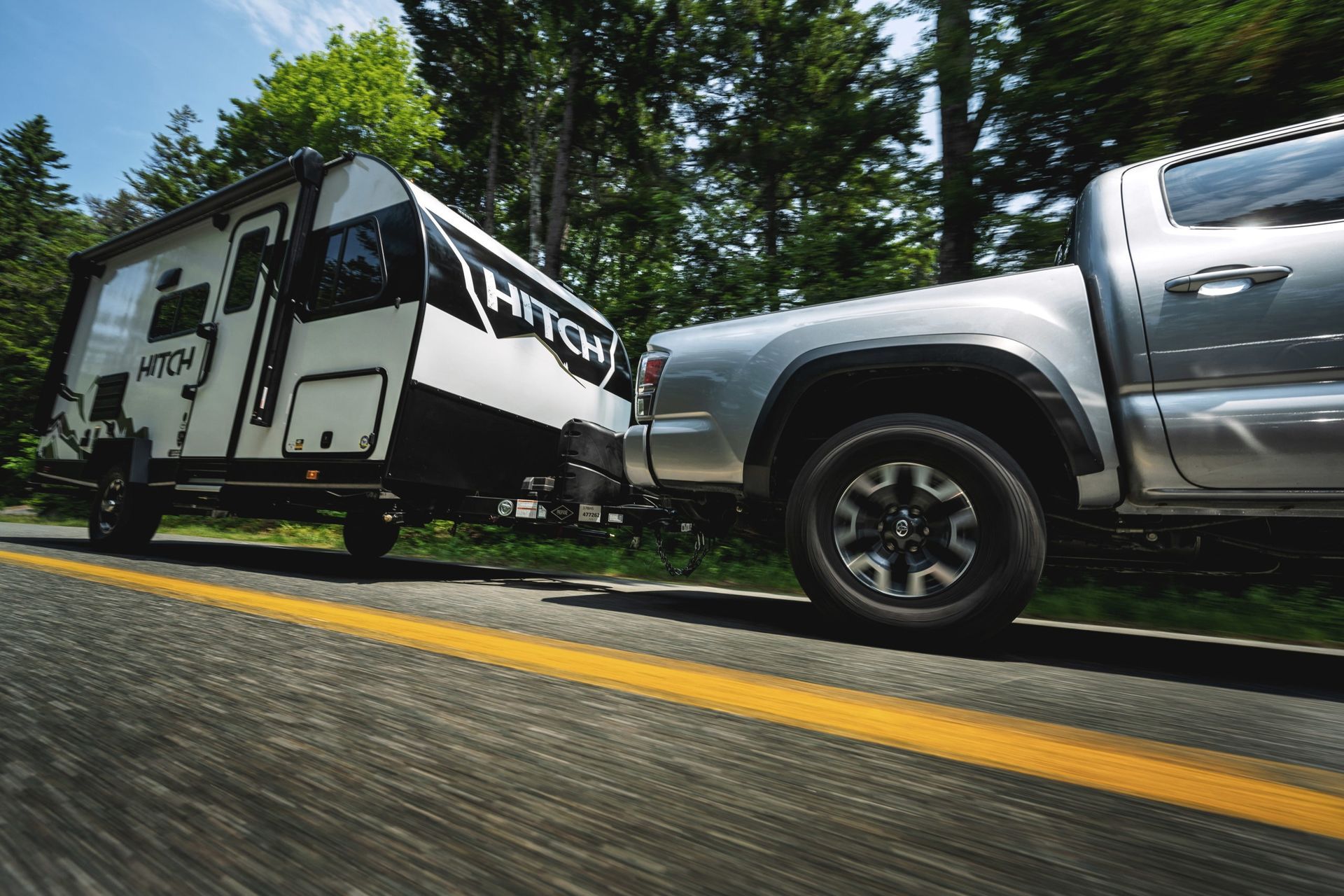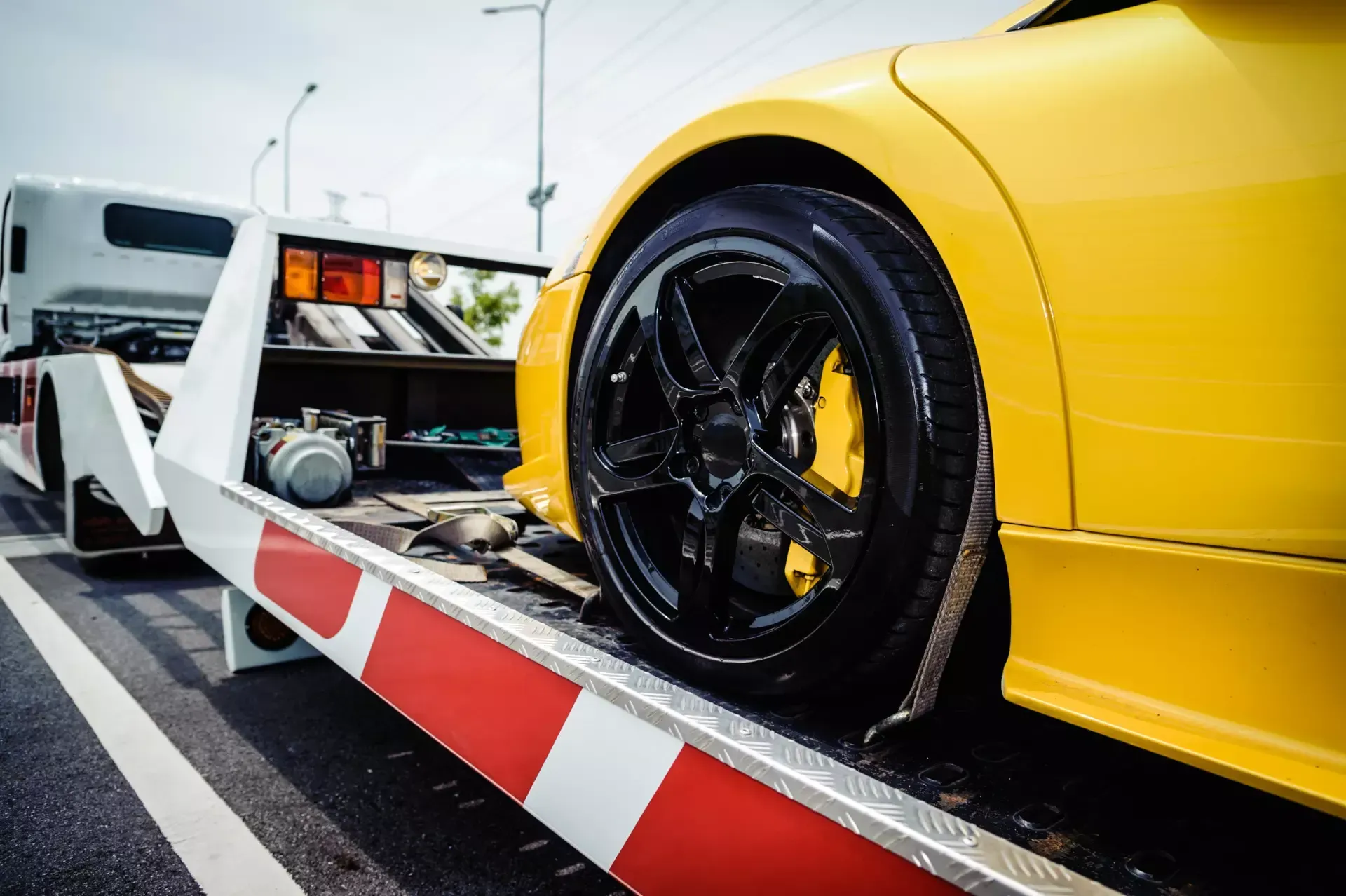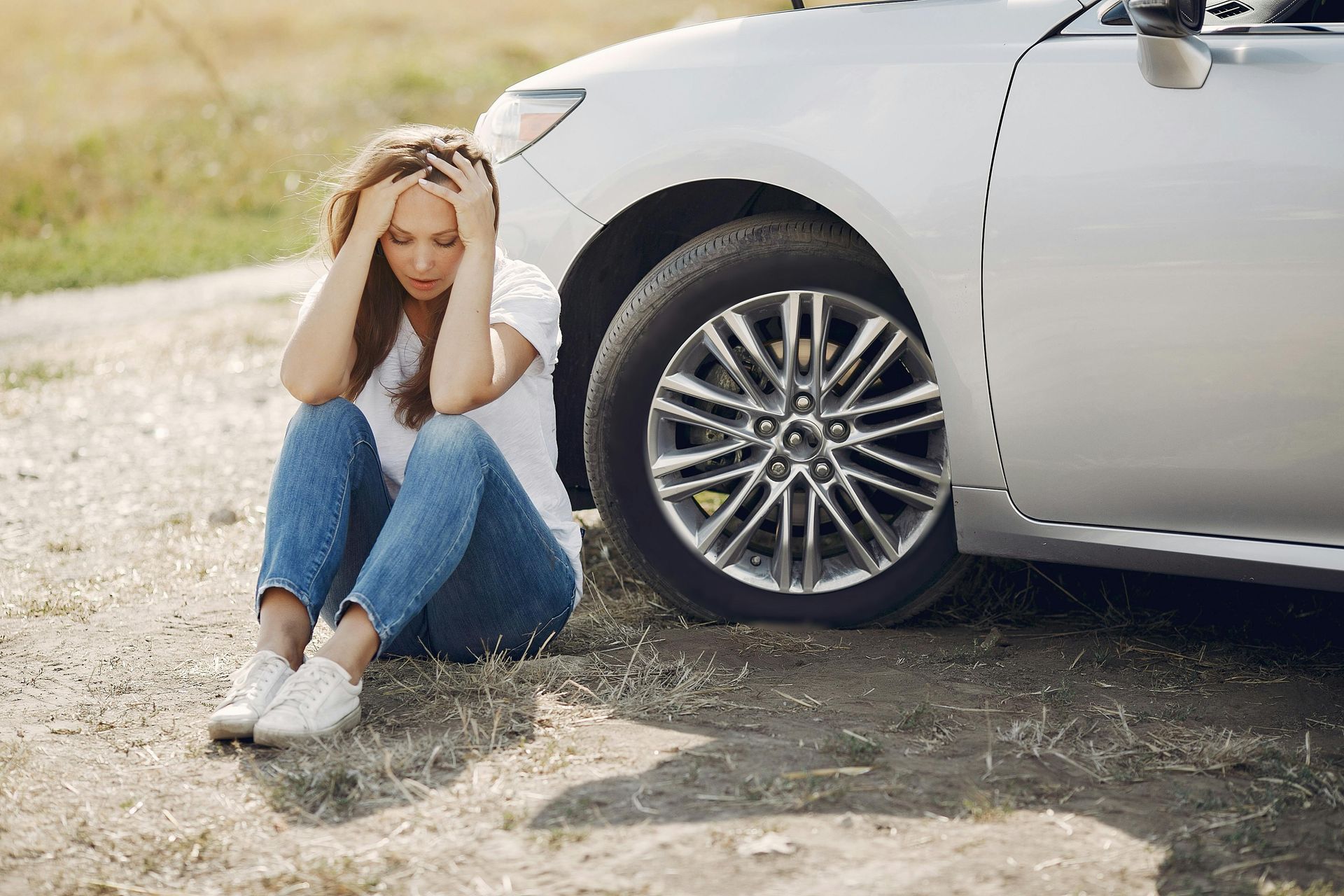Tippy Toe Towing
How to Safely Jump-Start a Car
A dead car battery can leave you stranded, but with a set of jumper cables and a little know-how, you can get back on the road in no time. However, it’s crucial to follow the right steps to jump-start a car safely to avoid damage to your vehicle or even personal injury. Here's a step-by-step guide to help you get your car started safely and efficiently.
What You’ll Need:
- Working jumper cables
- A functioning vehicle with a charged battery (the "donor" vehicle)
- The vehicle with the dead battery (the "recipient" vehicle)
Safety Tips to Keep in Mind:
- Avoid Sparks Near the Battery: Never allow the jumper cables to touch each other or the metal parts of the car while connected to the battery. Sparks can cause an explosion, especially if there are hydrogen gases near the battery.
- Wear Protective Gear: If you have gloves and eye protection, wear them to protect yourself from any potential battery acid splashes.
- Check for Corrosion: If you notice corrosion around the battery terminals, clean it off before attempting to jump-start the car. Corrosion can prevent a solid connection.
- Don’t Attempt to Jump-Start a Frozen Battery: If the car battery is frozen (you can tell by a bulge, or cracked casing), don’t attempt to jump-start it. Doing so could cause an explosion or further damage.
Before attempting to jump-start your car, check your vehicle’s battery warranty or refer to the owner's manual for specific guidelines regarding jump-starting.
Step-by-Step Guide to Jump-Starting a Car
1. Stay Safe and Assess the Situation
Before jumping a dead battery, it's important to assess the situation and ensure that it's safe to proceed. Make sure you are in a safe location, away from traffic. Always follow safety precautions to prevent injury or further damage to your vehicle.
2. Ready Both Cars
If possible, park both vehicles close enough for the jumper cables to reach, but ensure they don’t touch. Put both vehicles in park (or neutral for manual transmissions), engage the parking brake, make sure to power off all components and accessories, and switch off the ignition.
3. Identify the Positive and Negative Terminals
Locate the battery and the battery terminals in each vehicle. The
positive terminal is typically marked with a "+" symbol and may be red, while the
negative terminal is marked with a "-" symbol and usually black.
4. Connect the Jumper Cables
Now, connect the jumper cables in the following order:
- Red to Dead: Attach one end of the red (positive) jumper cable to the positive terminal of the dead battery.
- Red to Donor: Attach the other end of the red (positive) jumper cable to the positive terminal of the charged battery.
- Black to Donor: Attach one end of the black (negative) jumper cable to the negative terminal of the charged battery.
- Black to Metal: Finally, attach the other end of the black (negative) jumper cable to an unpainted metal surface in the engine bay of the dead vehicle, away from the battery. This step reduces the risk of sparks near the battery.
5. Start the Donor Vehicle
Start the vehicle with the good battery (the donor vehicle) and let it run for a few minutes. This will allow the dead battery to charge a bit and hopefully provide enough power to start the other vehicle.
6. Start the Recipient Vehicle
After a few minutes, attempt to start the vehicle with the dead battery (the recipient vehicle). If the vehicle starts, great! If not, wait a little longer and try again. Sometimes the battery needs a bit more time to charge before it has enough power to start.
7. Remove the Cables in Reverse Order
Once the recipient vehicle is running, remove the jumper cables carefully in the reverse order that you attached them:
- Remove the black cable from the unpainted metal surface on the dead vehicle.
- Remove the black cable from the negative terminal of the donor battery.
- Remove the red cable from the positive terminal of the donor battery.
- Finally, remove the red cable from the positive terminal of the dead battery.
8. Let the Car Run
Allow the recipient vehicle to run for at least 15-30 minutes to recharge the battery. If the vehicle stalls after being turned off, it may indicate that the battery is no longer holding a charge and may need to be replaced.
When to Call a Professional
If your vehicle doesn’t start after a few attempts or if you feel uncomfortable jump-starting your car yourself, it’s time to call a professional. Tippy Toe Towing of Douglas County, Oregon is here to help! Call us at 541-900-1011. We can provide roadside assistance to jump-start your vehicle or tow it to a repair shop for further service.
Remember, if in doubt, it’s always best to call for help from a professional to ensure the safety of you and your vehicle.




